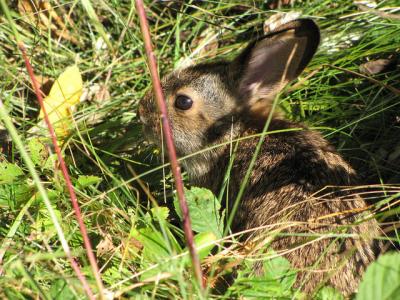-
Our Community
-
- Welcome Visitors About Durham's Community Climate Remembrance Project Diversity Welcome Statement Life in Durham Places to Stay Places to Eat Places to Park Transportation Schools Oyster River School District Welcome New Homeowners
- Durham Public Library Programs & Events Trails and Town Lands Conservation Commission Land Stewardship Conservation Lands & Parks Conservation Easements Trails Youth Organizations University of New Hampshire Durham Preservation Durham Historic Association
- Volunteer Town of Durham Land Stewardship Public Library UNH Cooperative Extension Churchill Rink Parks & Recreation Recreation Program Calendar Outdoor Recreation Activities Outdoor Recreation Sites Sustainable Durham Recycling Information Swap Shop Information Earth Day 2023
-
- Doing Business
-
Inside Town Hall
-
- Departments Assessing Building Business Office Code Enforcement Information Technology Planning Town Clerk/Tax Collector Parks & Recreation Boards, Commissions & Committees Agricultural Commission Conservation Commission Historic District/Heritage Comm. Other Boards & Committees Planning Board Zoning Board
- DCAT Media Productions DCAT Media - Programming DCAT Media Livestream Zoom Video Meeting Schedule Town Council Town Administration Public Hearings Public Safety Police Fire McGregor Memorial EMS (Ambulance)
- Public Works Engineering Division Operations Division Sanitation Division Water Division Wastewater Division Stormwater Town Directory Telephone Directory by Department Services Directory
-
-
Helpful Resources
-
- Quick Links Assessors Online Database Bids and RFP’s DCAT Media Productions GIS Digital Maps Jobs Online Services Parking Information Social Services Town Holidays Trash Pick Up Holiday Schedule Transfer Station & Recycling Center Information Curbside Refuse Collection by Street Zoom Video Meeting Schedule
- Town Documents Budget & CIP Forms & Applications Master Plan Tax Increment Finance (TIF) Districts Tax Maps Town Charter Town Code Town Reports Town Wide Master Fee Schedule Zoning Ordinance Voter Information
- Contact Us Cemetery Information Social Media Facebook Twitter Town Newsletter Friday Updates Town Meetings & Events Agenda and Minutes Calendar Public Hearing Notices State & U.S. Representatives
-
New England Cottontail
The New England cottontail (Sylvilagus transitionalis) is New Hampshire’s only native rabbit. As recently as the 1960s, these rabbits were found throughout southern and central New Hampshire. Today, only a few remnant populations remain in the Seacoast and Merrimack Valley regions. The total population is estimated at less than 100 individual rabbits, and they are currently listed as state-endangered.
The New England cottontail relies on dense thickets of shrubs and young trees with patches of herbaceous plants mixed in. They generally don't go farther than about 16 feet from protective cover of thickets and brush to feed, and habitat blocks of at least 25 acres are necessary for local populations to survive.
Threats to New England Cottontail
In New Hampshire, shrublands were abundant during the decades following the large-scale abandonment of farmlands (1900s -1960s). These habitats have naturally aged and reverted back to mature forests that are no longer suitable as rabbit habitat. As New Hampshire’s human population grows, many of our remaining shrubland habitats have either been lost or fragmented by development into parcels too small to support New England cottontails. With increased development comes an increase in the predators that are well adapted to human settlement. Coyotes and foxes are the primary predators of the New England cottontail, and their populations have increased significantly since the 1960s at the expense of New England cottontails.
The eastern cottontail was introduced into New England as a game species in the early 1900s and has since become the dominant rabbit in New Hampshire. Eastern cottontails have larger eyes than New England cottontails, which helps them detect predators more easily. This allows Eastern cottontails to act more boldly, venturing onto lawns and sparse cover near houses, habitats unlikely to be used by New England cottontails.
What’s being done?
Conservation partners in New Hampshire are working to create, restore, and expand habitat in the Merrimack Valley and Seacoast areas, on both public and private land, to make sure the New England cottontail thrives. This includes the Town of Durham. With funding from the Natural Resources Conservation Service (NRCS) and NH Fish and Game, Durham is managing several areas on town conservation land to benefit New England cottontail and other wildlife. This includes 60 acres on the Oyster River Forest, 15 acres on the Thompson Forest, and 20 acres on Wagon Hill North. NH Fish and Game is also managing several tracts on their Lamprey River Wildlife Management Area in Durham for New England cottontail.
For more Information
See the documents and weblinks below for more information on New England cottontails, eastern cottontails, and snowshoe hare, and for a way to report your own sightings of these mammals.


